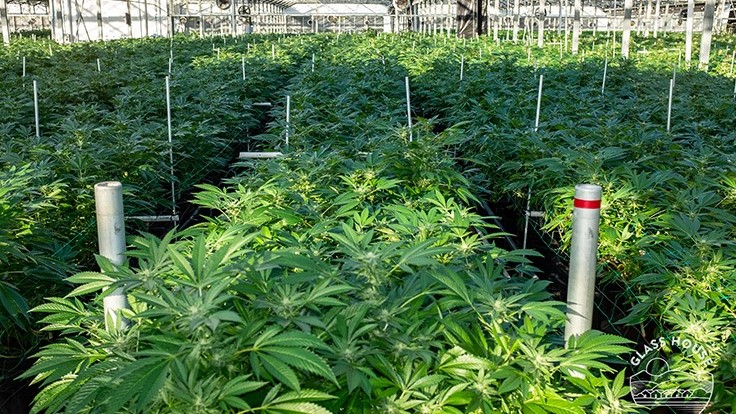The Impact of Marijuana Cultivation on Water Resources in Nevada
With the passage of Question 2 on the November 8th ballot the possession or use of marijuana for recreational purposes was legalized in Nevada. The passage of Question 9 in 2000 legalized medical marijuana. Question 2 allows adults aged 21 or older to possess, consume, and cultivate some marijuana for recreational purposes. It also authorized and regulated marijuana retail stores, cultivation facilities, manufacturing facilities, testing facilities, and distributors. A handful of licensed medical dispensaries are now open in Nevada, with recreational shops expected soon. A few hundred licensed growers and producers are also expected to open in the near future.
Recreational dispensaries will be determined by county size, with 80 being allocated to Clark County, 20 to Washoe County, four to Carson City and two to the additional 14 counties. Most dispensaries will be found in highly populated areas like Las Vegas and Reno, with the remaining ones sprinkled throughout the rest of the state. As part of the passing of Question 2, growing at home for recreational use will be banned within 25 miles of any dispensary, effectively blocking most of the population of Nevada from growing their own marijuana.
Warehouse production of marijuana on a commercial scale is expected to boom in Nevada and Washoe County. Planning and design of new indoor grow facilities is underway and several are expected to be in operation soon. What impact will these grow operations have on local water resources?
Like most indoor agricultural growing operations, cannabis production will require oxygen (in the form of CO2), natural light, nutrients and water. Commercial plant cultivation requires approximately 0.75 gallons per plant per day. A typical small commercial growing operation with 1,800 mature plants in production will have a daily water demand of 1,350 gallons or approximately the amount of water used each day by 4 typical single family residential homes. Many types of irrigation systems are used to water plants including drip irrigation, hydroponic flood benches, or trough benches. Watering typically occurs over an 8-10 hour period when the facilities are staffed. For a small operation this is about 3 gallons per minute of continuous demand during water periods.
Although medical and recreational marijuana consumption statistics are highly variable, the estimated amount of water to cultivate marijuana for the Northern Nevada market is approximately 2.2 million gallons annually. However, once the recreational use is more prevalent in the community, the stigma will reduce and the number of users could increase dramatically. An argument can be made that water demands for marijuana plants in Northern Nevada could grow to over 10 million gallons annually within the next 10 to 20 years, which would be the equivalent of what 90 single family homes currently use in a year.

